Talc powder & ethanol: A simple and efficient method for preventing ants from escaping
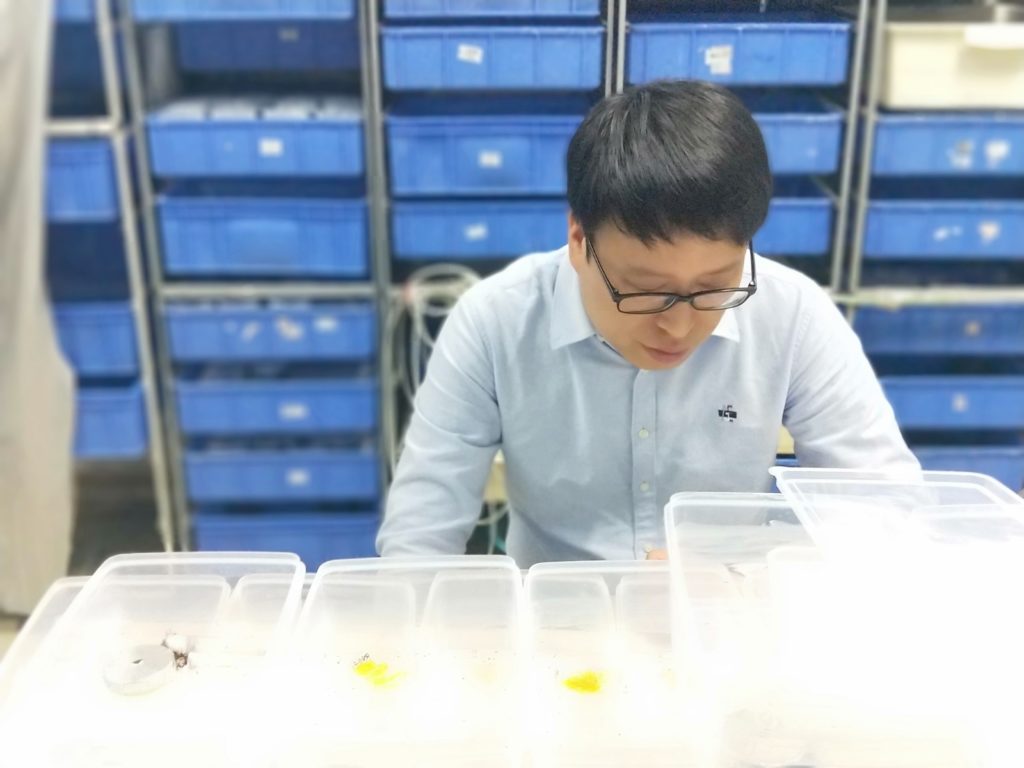
In the recently published article “A simple and efficient method for preventing ant escape (Hymenoptera: Formicidae)” in Myrmecological News by Dongdong Ning, Fan Yang, Qian Xiao, Hao Ran, and Yijuan Xu reveal that a mixture of talc powder and ethanol is an easily attainable solution that prevents ants from escaping. Here, Yijuan Xu shares his motivation and the biggest obstacle they had to overcome during their research.
An interview compiled by Patrick Krapf

MNB: Could you tell us a bit about yourself?
YX: I am a professor of Entomology in the Department of Entomology at South China Agricultural University (SCAU). Research in my laboratory mainly focuses on the ecology and management of invasive ants. This ranges from invasiveness of exotic ants and the adaptability of native ants towards invasive species, to the environment-friendly prevention and control technology. I’ve been at SCAU since I started my college life in 1997 and authored numerous scientific papers. I live in Guangzhou with my family.
MNB: Could you briefly outline your research on mixture of talc powder and ethanol you published in Myrmecol. News in layman’s terms?
YX: During the process of insect rearing and research, reliable insect escape prevention is indispensable. However, methods for preventing the escape of small insects, such as ants, remain limited. Here, we propose a simple and efficient method for preventing ant escape. Talc powder mixed with ethanol at a concentration of 20% could prevent 100% of Solenopsis invicta from escaping, and the mixture of talc powder and ethanol could also prohibit 100% of Monomorium intrudens from escaping when the particle diameter (D97) values were 2 µm [MNB: 2 thousandth of a millimeter] and 3 µm. Furthermore, the mixture could prohibit 100% of M. intrudens from escaping when the concentration of talc power (D97 = 2 µm) was higher than 1%. The anti-escape effect of this solution was maintained for more than three months and was stable for one year.
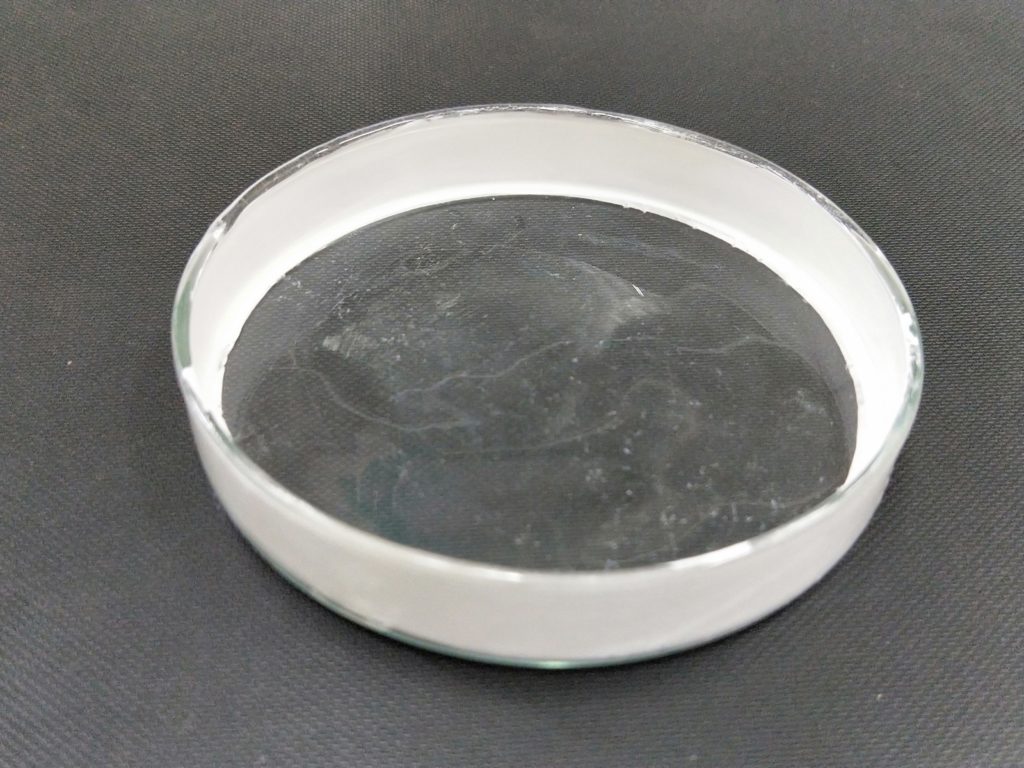
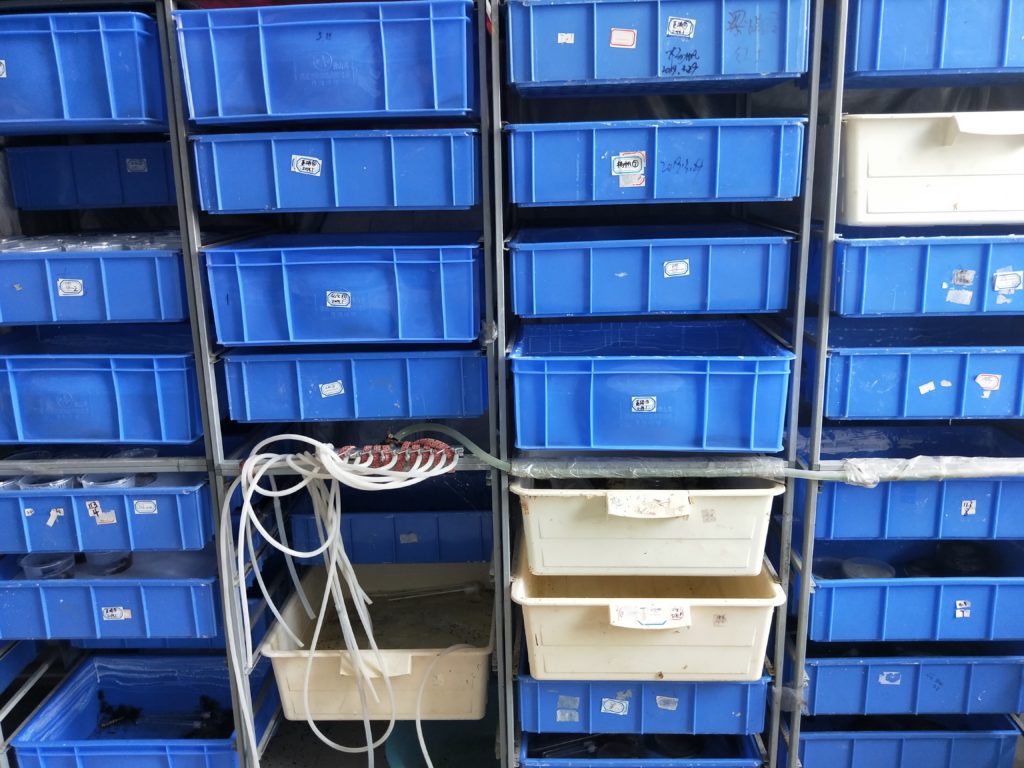
MNB: What is the take-home message of your work?
YX: The talc powder-ethanol mixture is more efficient than Fluon to prevent small ant species escaping.
MNB: What was your motivation for this study?
YX: To find a more effective method to prevent small ants from escaping, as well as to make an alternative method which is cheaper and easy to clean.
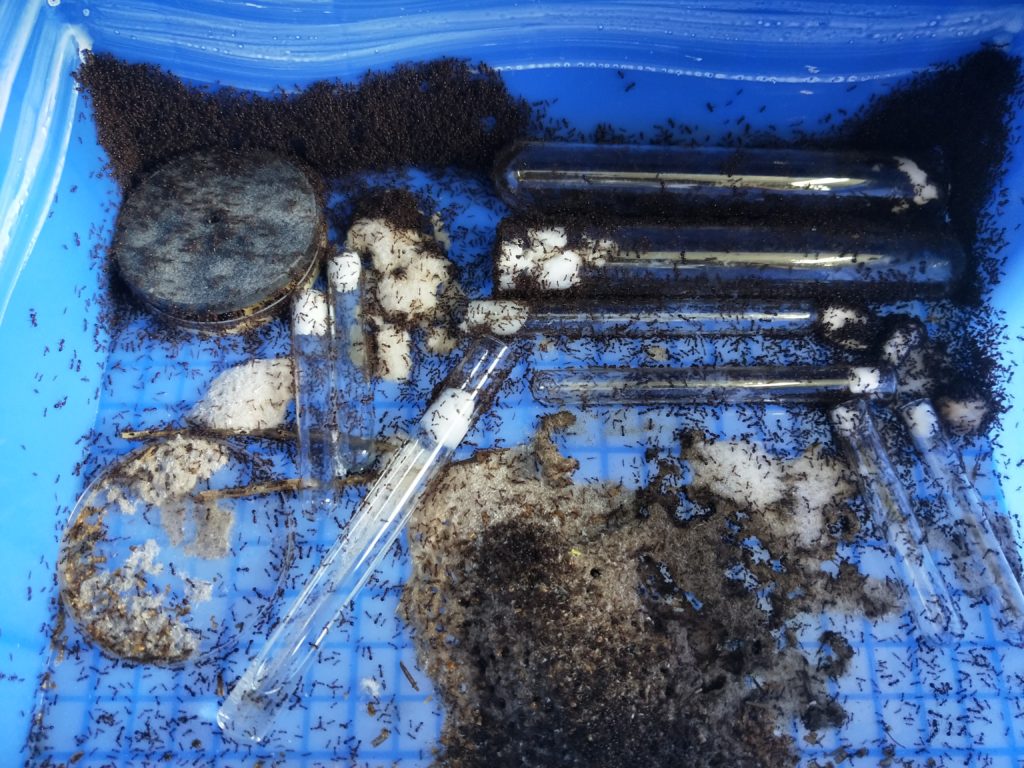
MNB: What was the biggest obstacle you had to overcome in this project?
YX: In the past, people used talc powder directly to prevent ant escape, but talc powder is falls off easily and hurts ants. So, our biggest challenge in the experiment is to find a way to keep talc powder from falling off. We tested water and other solvents, and finally found that alcohol is the most suitable ingredient in the mixtures.
MNB: Do you have any tips for others who are interested in doing related research?
YX: If you want to use our method to prevent small ants such as Pharaoh ant from escaping, you’d better use talc powder with particle diameter (D97) values lower than 3 µm.

MNB: Where do you see the future for this particular field of ant research?
YX: I believe that more and more people will use our simple, inexpensive, and efficient method.
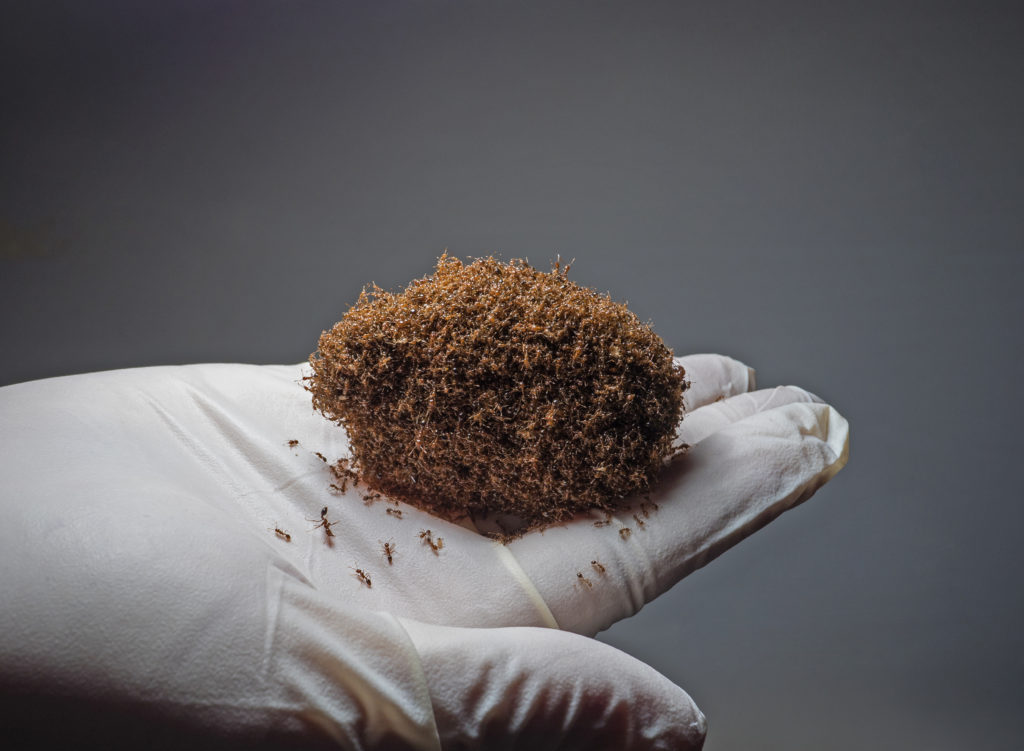





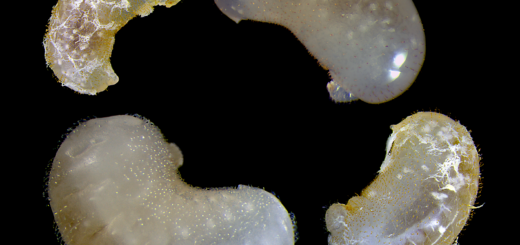
So, this idea is not particularly new. I have heard that many myrmecologists in France have been using this technique for decades (they even have a name for it, but I can’t remember what it is). If you enter “talcum powder ethanol” into google, you can already find forum discussions of this from 2017:
https://forum.antscanada.com/viewtopic.php?t=3023
But nonetheless, this is a nice tip, the first formal testing of this technique to my knowledge, and provides useful guidelines to effective ratios, and a useful reminder that Fluon is not the only game in town.
How is someone who doesn’t study this supposed to know what this means “you’d better use talc powder with particle diameter (D97) values lower than 3 µm.”
So what kind of talc powder? Will any natural talc work? The ones used for skin? Not baby powder of course they no longer use talcum. And does rubbing alcohol work? For pharaoh ants specifically 🐜
Hello, this is simply saying that the size of talcum particles , the smaller the better. The manufacturer should state the size of particle
As they say its about the particle size of the talcum with µm being the standard metric mesurement for those sizes. Manufactures should state this in the talcum info and this info will be harder to find when just buying baby powder. The ethanol is just for solving the talcum. Rubbing alcohol, and i guess in US its isopropanol, should work fine. You can try using baby powder but as the size is unkown (and most probably bigger) it might not work that well.
thank you for sharing this amazing post
The given information about talc powder is very good. You want to know more & find out its packaging, what are its advantages and drawbacks regarding health precautions and use.
For more info – https://sites.google.com/view/exporter-of-talc-powder-india